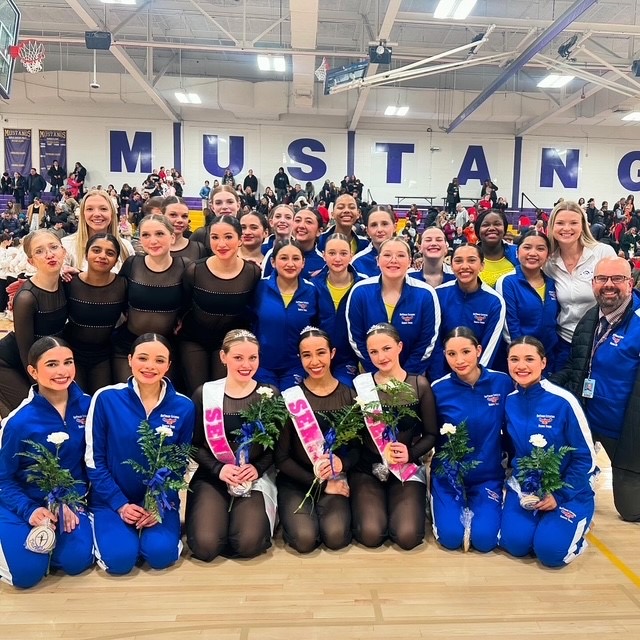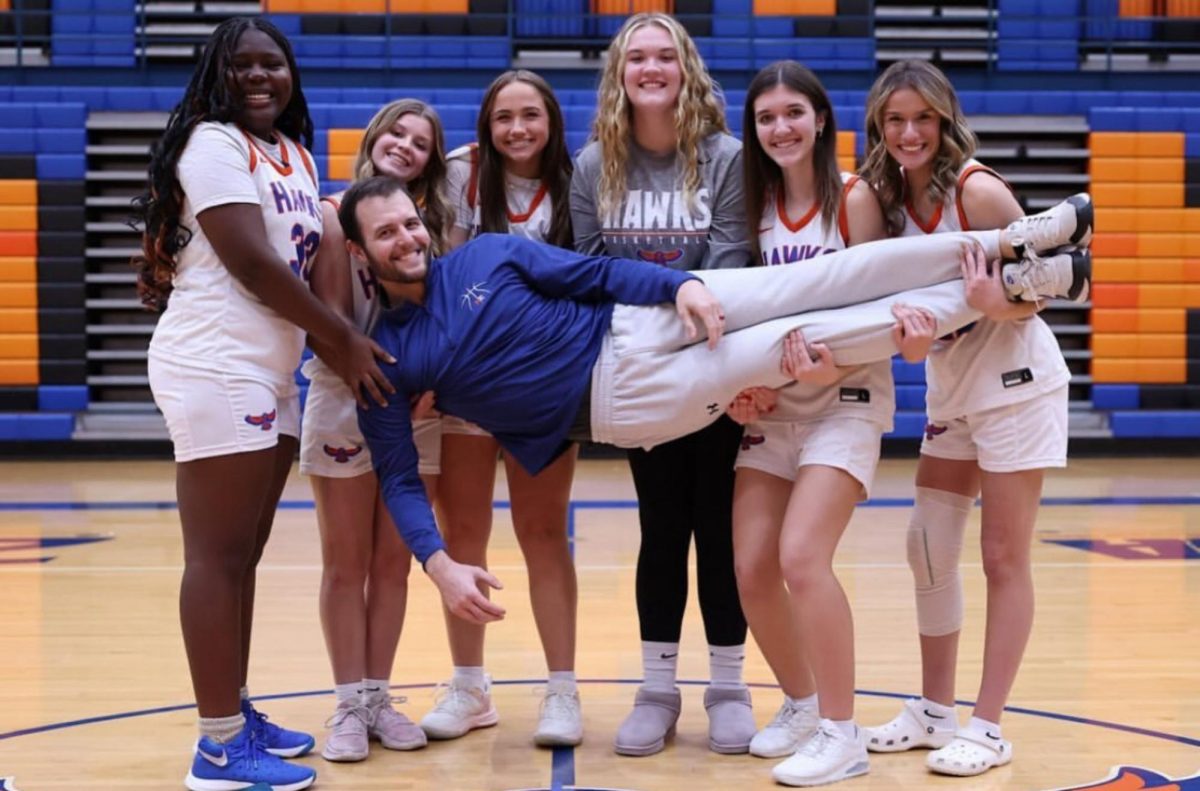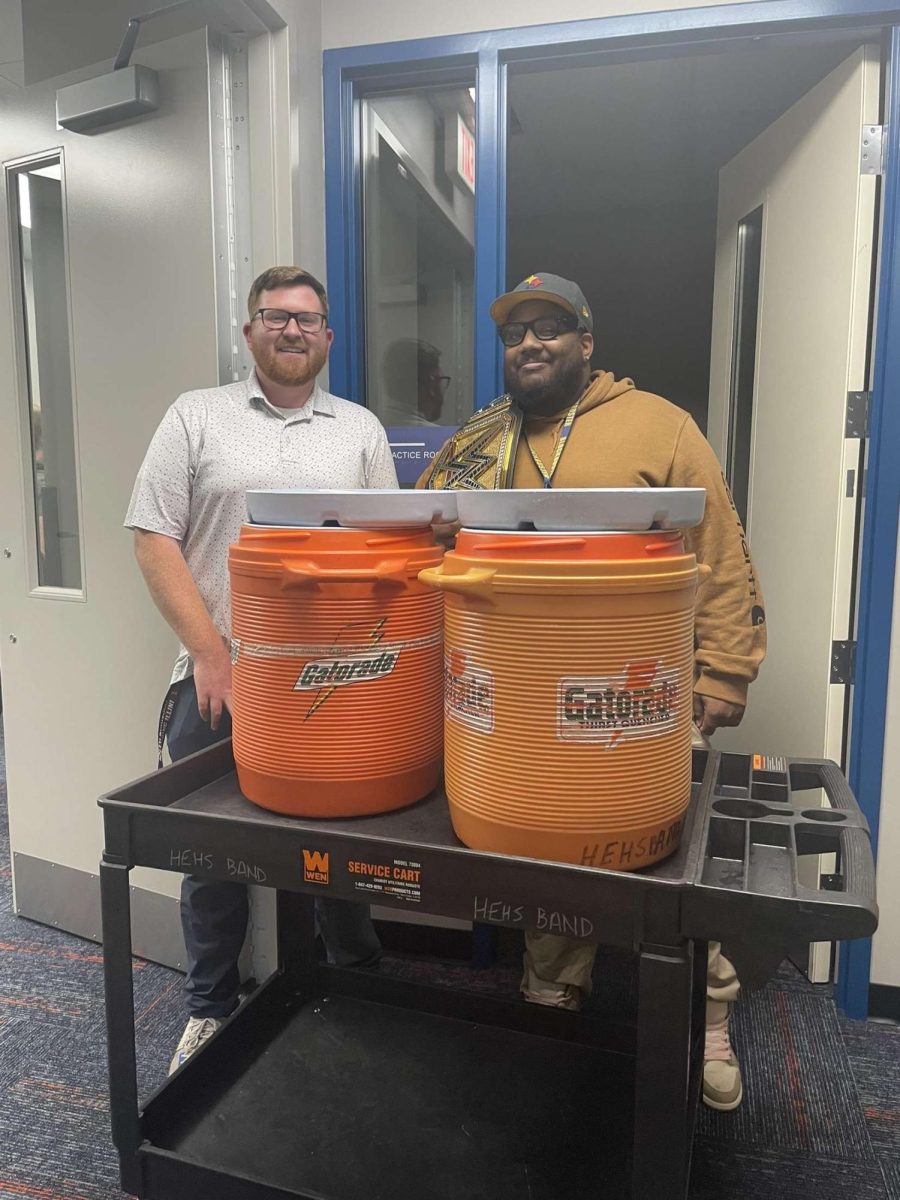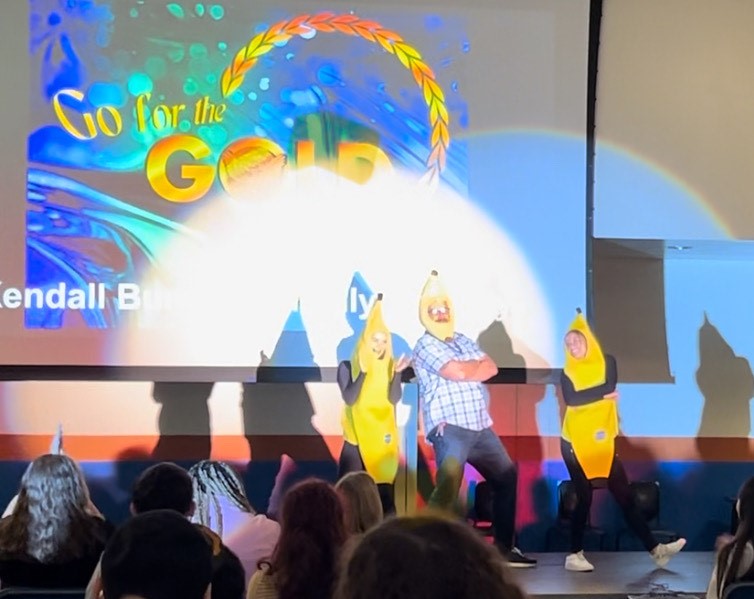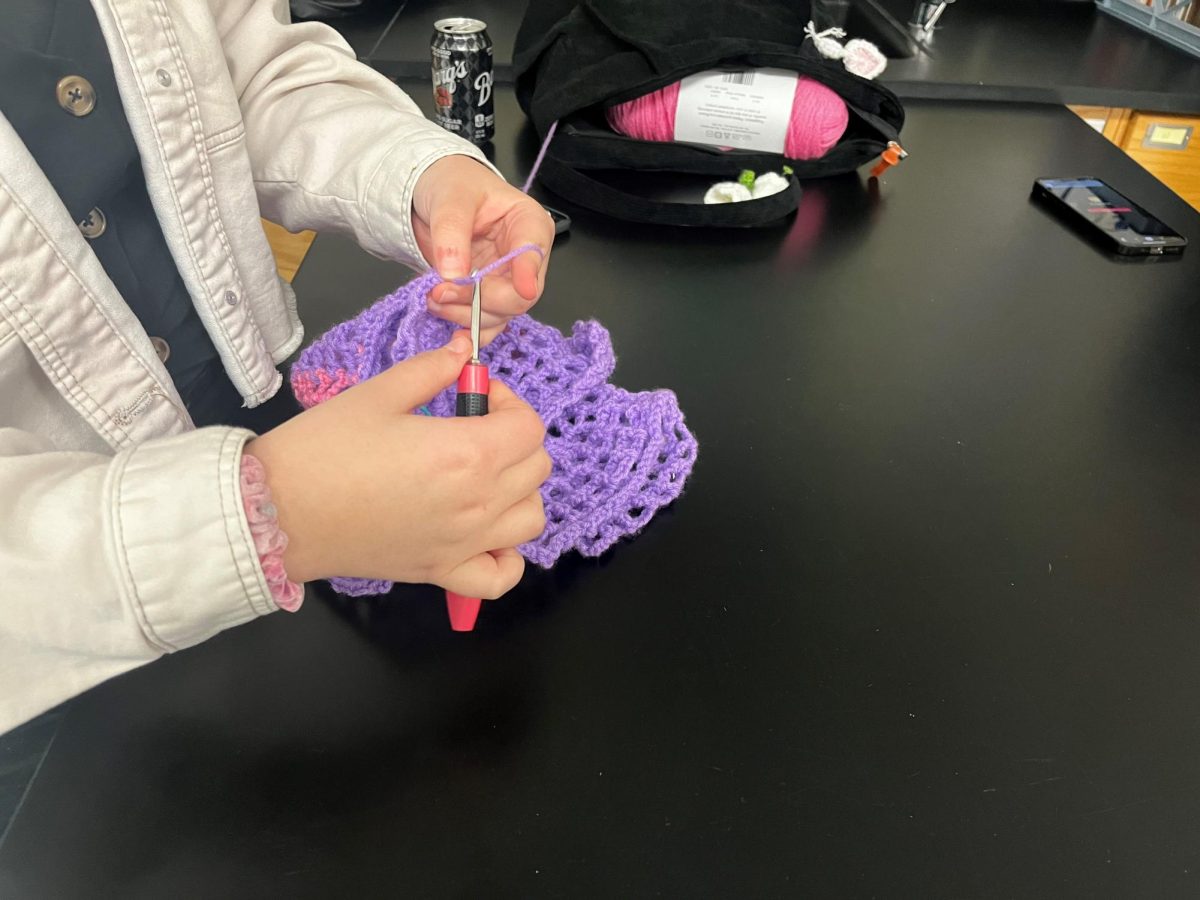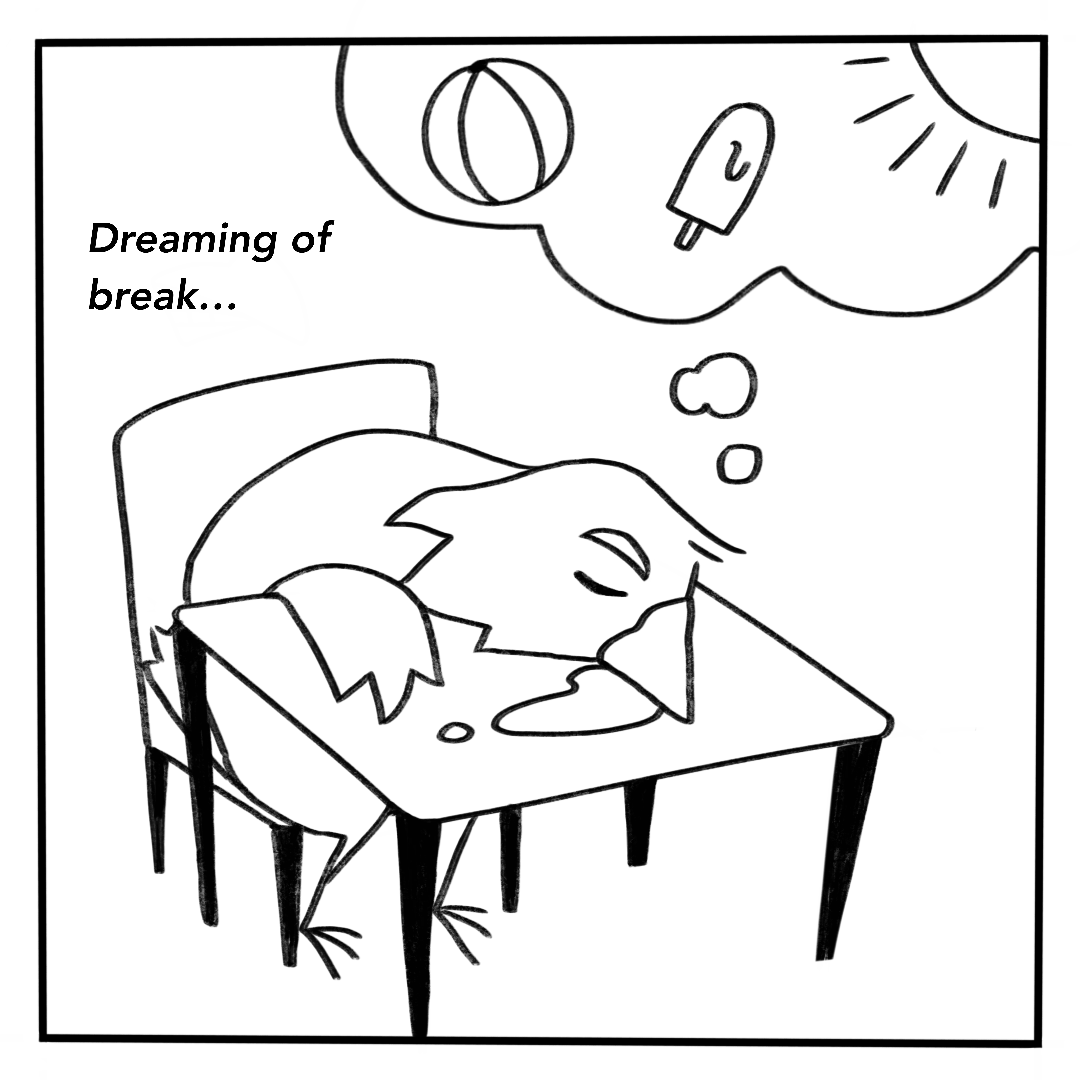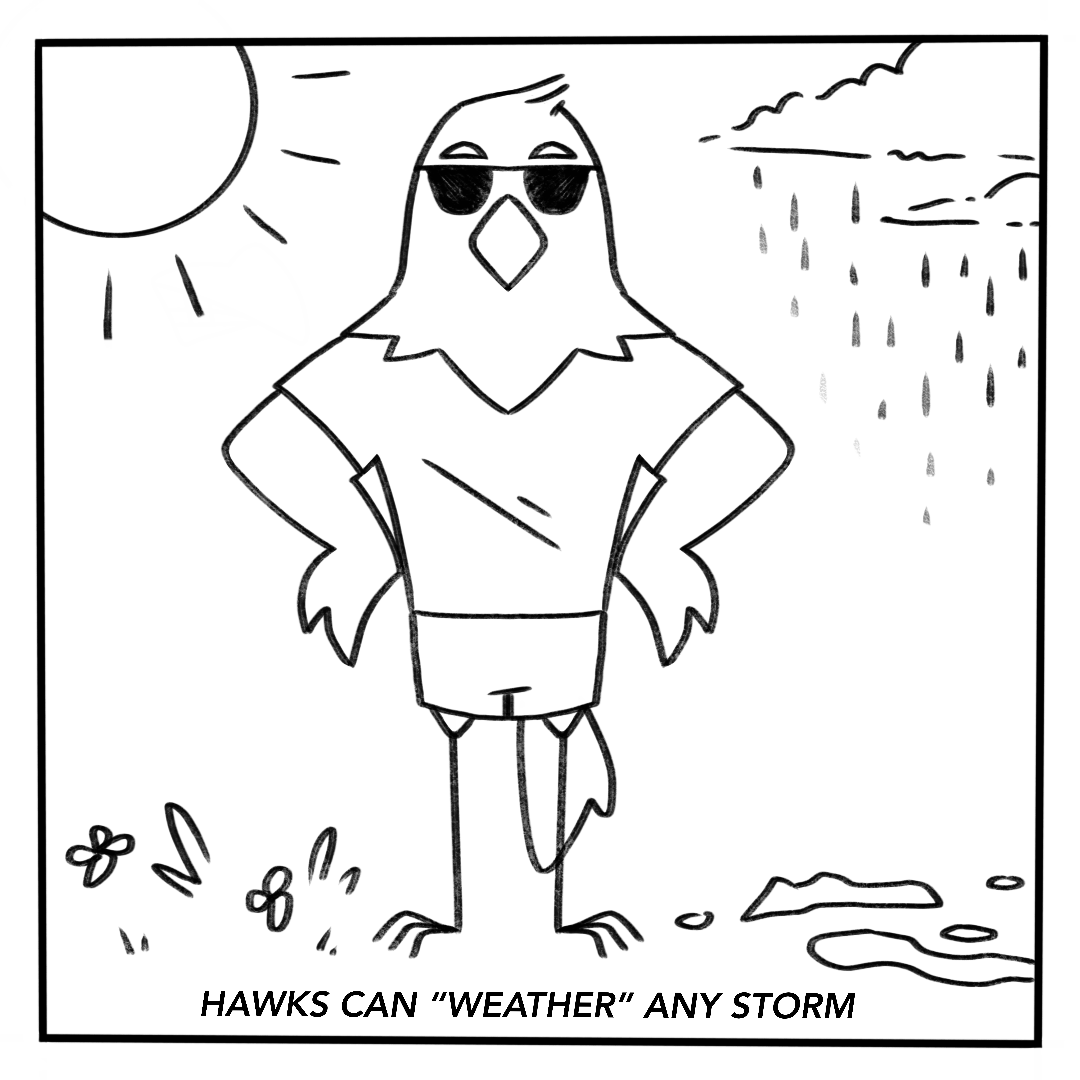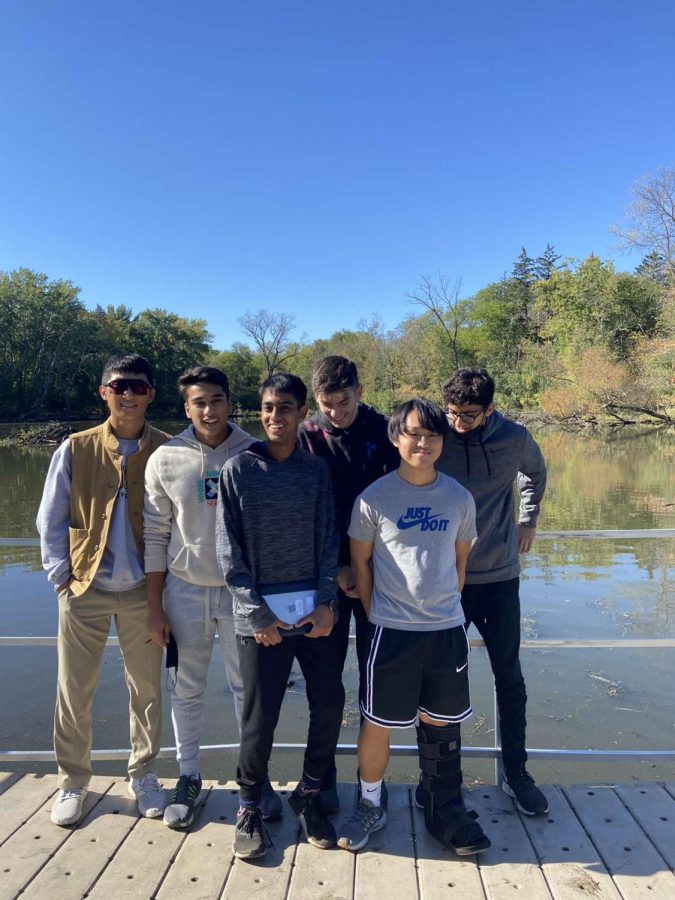HEHS field trips tie classroom learning to the real world
(Left to right): Joshua Lim, Preet Brahmbhatt, Anand Krishnan, Luka Sparavalo, Joey Lim, Preetpaul Singh
March 16, 2022
AP Environmental Science (APES) is one of the most popular AP classes at Hoffman Estates, and this year’s Hoffman Estates’ APES students were fortunate to have participated in two field trips in order to apply their classroom skills to real world environments.
During the first field trip to the Spring Valley Nature Center, the APES students were tasked with testing the water quality and acidity of a creek in Spring Valley.
“What I personally enjoyed the most about the Spring Valley Nature Center field trip was how we were able to actually help the environment while learning about it by getting rid of invasive species and doing tests on the rivers,” said Adam Collier, junior.
After completing the lab, the students then explored the various plant and animal life around the nature center, taking in the diverse species that populated the area.
“The thing I liked about the trip was the fact that I learnt that different kinds of prairie plants existed, [along with] me drowning in the lake,” said Kundan Mergu, senior.
Mergu (who slightly exaggerated the situation is confirmed to be okay now) also appreciated how the Spring Valley field trip was connected to the Ecology unit of APES, which covers energy flow and symbiosis, biodiversity, and biomes and cycles.
“The Spring Valley field trip was about getting to know the ‘perfect conditions’ the biotic species in water can survive (like the perfect pH level, dissolved oxygen, temperature, etc). The field trip was also related to class because I got to see different kinds of prairie plants and their adaptations to the environment,” said Mergu.
This theme of connecting classroom experiences to the real world was continued during the APES classes’ second field trip to Brookfield Zoo. Along with providing the students the opportunity to view majestic animals (Mergu saw a seahorse for the first time, which he thought was “kool”), the field trip also tied in nicely with the Biodiversity chapter of the course.
“The Brookfield Zoo trip, according to me, was related to the different types of biomes and adaptations of animals, how they normally lived in their natural habitat, and what is causing them to be endangered,” said Collier.
Students learned how polar bears are losing their habitats due to global warming causing the polar ice caps to melt.
Students also learned about Brookfield Zoo’s role in promoting biodiversity and protecting endangered species. An example is the story of the Mexican gray wolves, which were almost hunted to extinction in the ‘70s, with only about 7 left in the wild at the time. However, several zoos around the nation, including Brookfield Zoo, implemented captive breeding programs (in which endangered species are bred and allowed to grow in protective environments with the ultimate goal of releasing them back into the wild) to save the wolves. Now, there are around 200 Mexican gray wolves alive, several times greater than their population five decades ago.
The APES students will be visiting the Indiana Dunes National Park next, where they will observe the effects of ecological succession and the thousands of species that call the national park home during a long hike.
Along with learning more about the environment on the hike, the students are looking forward to playing a football game on the beach, with Block 2B set to play Block 4B in the “APES Bowl.” This camaraderie between students is a hallmark of the Hoffman APES program, and it contributes to the inclusive, thought-provoking nature of this amazing course.






